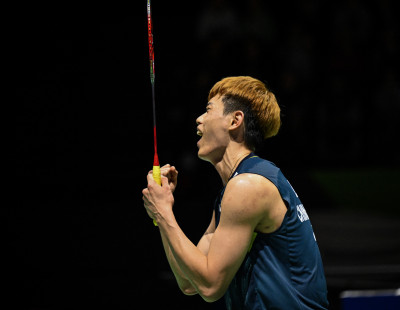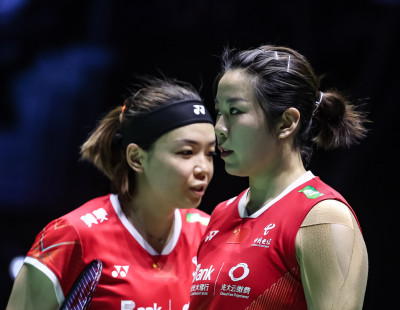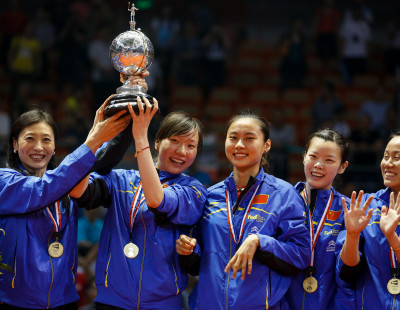The on-court exploits of Judy Hashman (born: Devlin) are often cited, and are still staggering as ever. She burst to world fame as an 18-year-old at the All England in 1954, and by the time of her last appearance there in 1967, had become the third most successful player there – a record that still stands.
With over 80 national and international titles during the 1950s and 60s, including 17 All England and three Uber Cup crowns, Hashman is a lodestar in the badminton sky.
But what was her childhood like? The daughter of another titan in the sport – Frank Devlin, winner of 18 All England titles – she speaks to BWF about her growing-up years and what made her choose badminton over another sport she excelled in – tennis.
What was your childhood like, growing up as Frank Devlin’s daughter?
I don’t think we (Judy and sister Sue) knew what he had done. We just knew he had three perpetual trophies, and they were kept clean by mother! He did a lot, sub-consciously – nothing to do with badminton – but on throwing a ball. How to throw a ball, how to turn your body, and the importance of following through for accuracy.
We had an alley behind our home with a hill, and he used to stand at the bottom of the hill and hold out a hand, and I had to throw a ball into his hand without him having to move his arm. I had to throw the ball into his hand. It was all guided by the follow-through. That’s basically what gave me accuracy in badminton.
It was a tennis ball. The follow through was to his hand always. What he made me realise was that the moment you vary the follow through, it alters the accuracy of how you come in to throw the ball. And so, it’s the follow through that provided the accuracy on the badminton court.
 Did your father start your training early in badminton?
Did your father start your training early in badminton?
I started badminton at age seven, at my choice. He wanted to introduce me to tennis, and I said I didn’t want that; I wanted the one with the much longer name! We were travelling to the club, and one of the neighbours was playing badminton in the backyard. I can remember so well – pointing across and saying: That’s the one I want to play! The one that has the long name. But I couldn’t remember the name.
What was the biggest influence he had on you?
It was always very simple – good footwork, accuracy, follow through… those were the principal things he talked about. Mainly footwork. Because if you have correct footwork, you can create queries for the opponent, as to where the shuttle is going to go. But with incorrect footwork they see the racket all the time, so they know exactly what you’re going to do.
This is my problem with watching the current players, they play what I call reaction badminton, they react to what the opponent plays. I created the badminton. I controlled what I wanted to play; I didn’t often get into a rally where I was reacting.
You were good at several sports. How did you adjust technically from one to the other?
We played badminton from October until April, lacrosse was April, May and June, and we played tennis in June, July, and August. So our tennis was always compromised. We knew we were way behind in tennis.
Considering you were based in the US where tennis had a more organised circuit, what made you choose badminton?
You just don’t know why. I can just remember saying that’s the sport I want to play. They were all amateur sports.
I got offered to give up all sports and play only tennis at age 16, and I said no. It just didn’t interest me to that extent.
Tennis is very slow, you have a lot of time in between to fret. Badminton is much quicker, the brain has to keep working all the time, there’s no resting. It appealed more to me. You had no time to self-doubt. Once the rally is over you have to look at the next one immediately. You don’t have time to wander around the court and bounce the ball – heaven only knows how many times before you serve – you just have to get on with it. Temperamentally badminton suited me that way. I can’t see this beating around the bush having a lot of time to do things – just get on with it and be done with it.






























